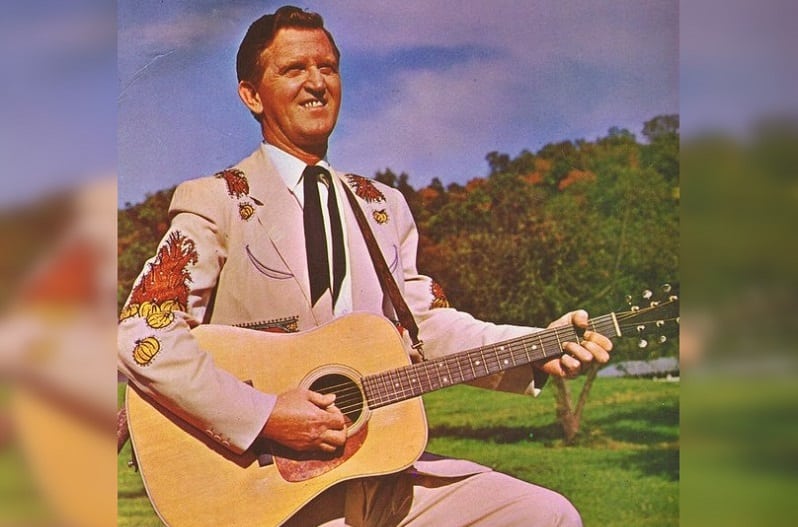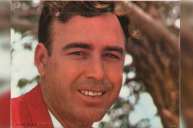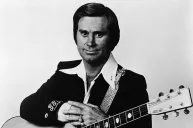When CB radios went mainstream, the spoken word delivery of veteran country singer Red Sovine made him Nashville's voice for truck drivers—the modern equivalent of drifting cowboys.
A '50s Honky Tonk Singer
https://www.youtube.com/watch?v=nRwsc4sVO10
The Charleston, West Virginia native, born Woodrow Wilson Sovine and nicknamed "Red" after his auburn locks, had an eventful early career before he discovered his talent for telling truck driving tales. At a young age, he performed with childhood friend Johnnie Bailes of the influential Bailes Brothers as Smiley and Red, the Singing Sailors.
He eventually followed the Bailes Brothers to Shreveport, La., where he met future Louisiana Hayride co-star Hank Williams. An MGM Records deal and a radio gig in Montgomery, Al. followed, offering a huge platform for Sovine's honky-tonk phase. Through this exposure, Sovine was able to fill Williams' spot when the country music legend left Louisiana for the Grand Ole Opry.
Another honky tonk giant in Webb Pierce also took interest in Sovine's career, landing him on Decca records. Fruits of Sovine and Pierce's friendship include a chart-topping duet of George Jones' "Why Baby Why." The pair also topped the country charts with "Little Rosa." Other early works by Sovine that impacted the Billboard charts include "Missing You," a mid-'50s co-write that went on to be a hit for Pierce and Jim Reeves, and "Are You Mine," a duet with Goldie Hill.
A Talent Finds His Niche
Read More: 10 Best Country Truck Driving Songs of All Time
Sovine's mid-'60s output for Starday Records proved that sentimental, if not slightly over-the-top, songs about truck drivers were his niche. If you're new to record collecting, you can't go wrong with anything on Starday/Gusto, whether it's early George Jones, Carl Story, Cowboy Copas or a lesser-known bluegrass or Southern gospel release.
His truck driving hits began with 1965's "Giddy Up Go," a number one hit that reunited a veteran trucker with his estranged son. Sovine's truck driving hits often revolved around a sad story. Obvious examples include the ghost story "Phantom 309" and "Teddy Bear," the tale of a trucker's kindness to a disabled child. Instead of stringing together trucker lingo, he told of regular folks' experiences through stories that happened to involve a big rig. For instance, his final country hit "Little Joe" revolved around a dog and his truck-driving owner.
The Greatest Singer of Truck Driving Songs?
Although he sang memorable songs that aren't about truckers, including "Dream House For Sale," "Bringing Mary Home," "Daddy's Girl," "It'll Come Back," "The Last Goodbye," "I Didn't Jump the Fence," "I Know You're Married But I Love You Still" and "What Does Christmas Look Like?" Sovine's legacy remains his contributions to a specific type of story-song.
He didn't invent the trucker song. It dates back at least to Ted Daffan's 1939 recording of "Truck Driver's Blues." Nor did he take this type of song to its zenith, as C.W. McCall turned a popular country trope into a cultural phenomenon. Yet it can be argued that aside from maybe Dave Dudley, there's no stronger American contributor to truck driving music.
An April 4, 1980 wreck in Nashville, caused when Sovine suffered a heart attack, claimed his life at age 62. Chillingly, it was the sort of tragic accident he'd sung about (or narrated) since he landed his first radio gig 35 years earlier.
This post was originally published on July 25, 2018.




